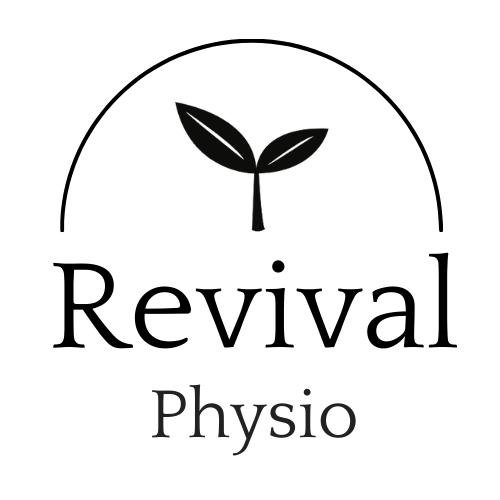Relaxing Your Pelvic Floor: Key to Pelvic Health
Your pelvic floor muscles, spanning from the pubic bone to the coccyx and sit bones, are essential for various bodily functions. However, overactive or tense pelvic floor muscles can lead to pain, discomfort, and dysfunction. Even without realizing it, many individuals, especially women, experience pelvic floor tension. This can be due to prolonged stress, trauma, or simply the brain adapting to a certain level of tension as "normal."
Recognizing Pelvic Floor Tightness
Several signs may indicate pelvic floor tightness, including:
Difficulty initiating urination
Dribbling after urination or a feeling of incomplete emptying
Constipation
Pain with penetration or tampon insertion
Increased risk of urinary tract infections (UTIs) due to urine retention
Leaking urine when sneezing, coughing, or lifting
Feeling like you can't achieve a strong pelvic floor contraction
Shallow breathing patterns
SI joint pain or hip pain
Stress, anxiety, and fear can also contribute to pelvic floor overactivity. Addressing these emotional factors and finding healthy ways to manage stress can aid in relaxation and pain reduction.
General Relaxation Techniques
Prioritize self-care: Dedicate time for yourself in a quiet, safe space with minimal distractions.
Mindfulness: Throughout the day, take moments to check in with your body, noticing areas of tension, your breathing patterns, and your posture. Use these moments to relax, adjust your posture, and take deep breaths.
Stretching and movement: Avoid staying in one position for too long. Set reminders to stretch and change positions regularly.
Experiment with relaxation methods: Explore various techniques like deep breathing, meditation, yoga, or progressive muscle relaxation to find what works best for you. Aim for at least 20 minutes of practice daily.
Visualization: Imagine your pelvic floor muscles relaxing, deepening, and releasing tension. You can use metaphors like a flower blossoming, an elevator descending, or a calming color filling a bowl to guide your visualization.
Pelvic Floor Exercises for Relaxation
Wide Leg Child's Pose: This yoga pose helps stretch and lengthen the tissues around the pelvis.
Happy Baby: This pose also stretches the hamstrings and pelvic floor muscles.
Side Lying Pelvic Lift: This exercise encourages relaxation and opening of the pelvic floor.
Static Squat at Counter with Block: This stretch targets the hamstrings and pelvic floor.
Deep Squat with Block: Similar to the previous stretch, this pose promotes pelvic floor relaxation.
Downward Dog: This yoga pose stretches the back and legs, indirectly impacting the pelvic floor.
Diaphragmatic Breathing: This breathing technique helps coordinate the diaphragm and pelvic floor, promoting relaxation.
Stretching the Vagina (For Women After Childbirth or with Pelvic Pain)
If you've experienced a traumatic birth, have pain with penetration or tampon insertion, or have general pelvic floor pain, gently stretching the vagina can help. You can use your fingers or a vaginal dilator for this, gradually increasing the stretch over time. It's essential to prioritize communication and comfort during this process. If you're unsure, consult a pelvic floor physical therapist for guidance.
Important Note: If you're experiencing persistent pelvic floor issues, contact us. We can assess your specific needs, provide personalized guidance, and help you achieve optimal pelvic health.

